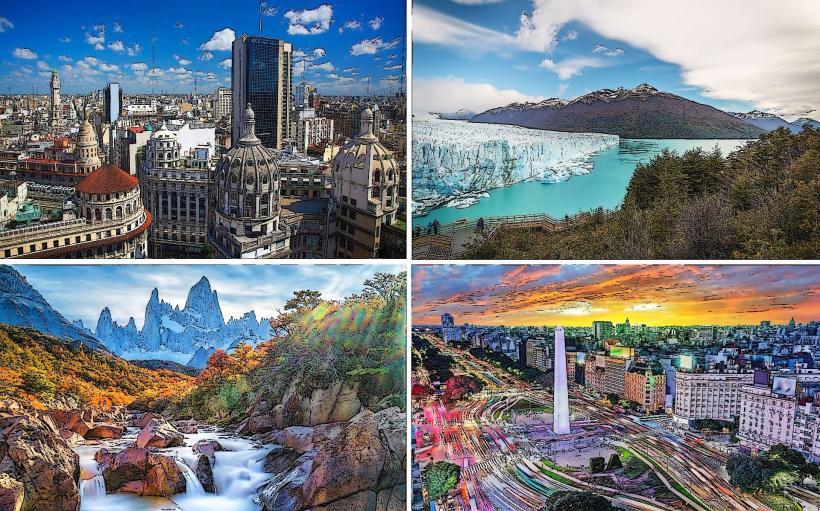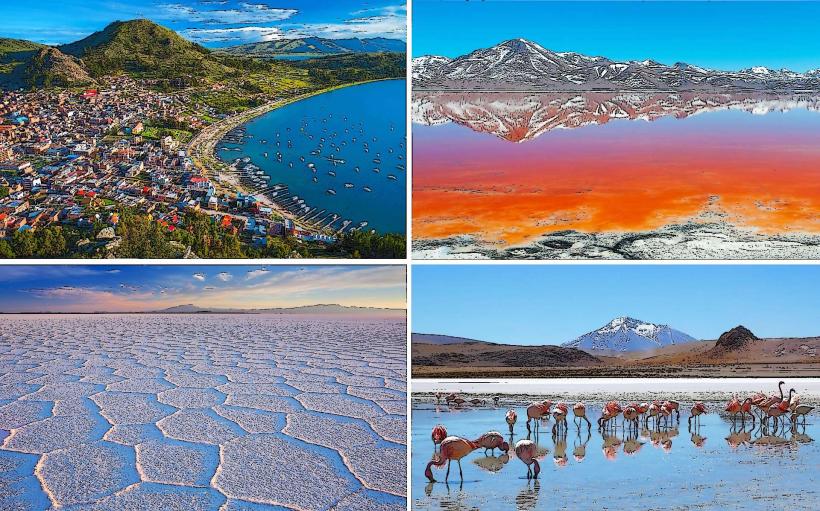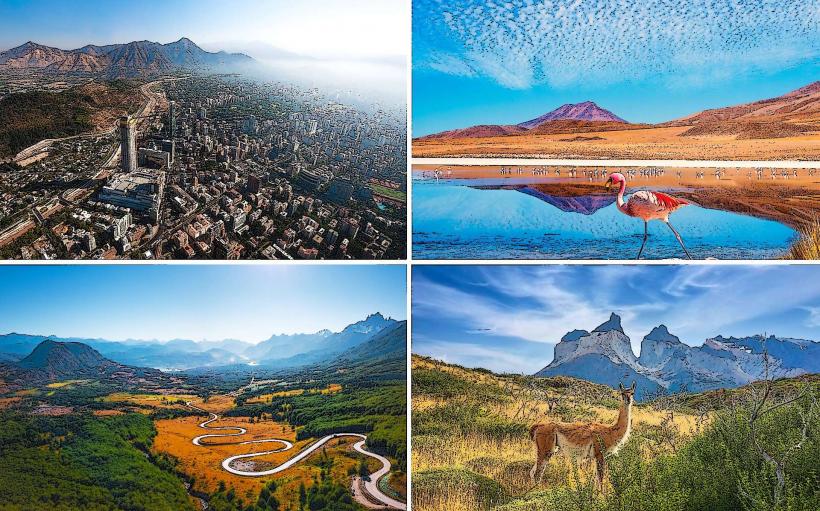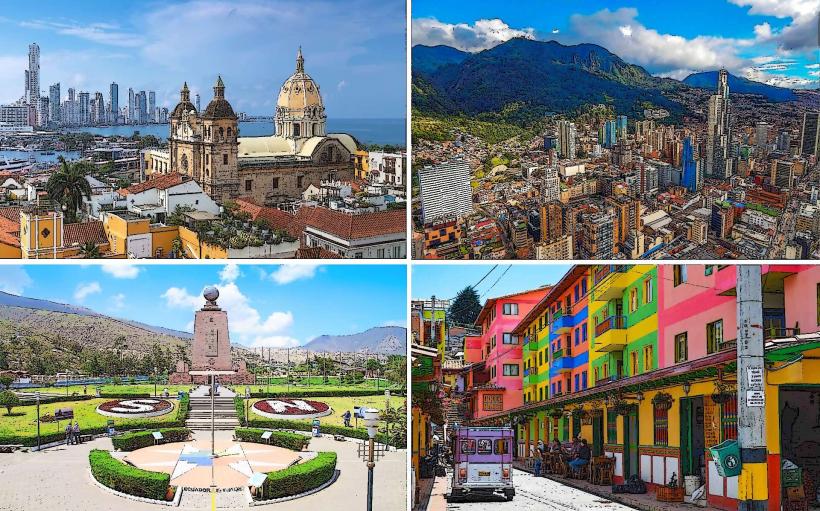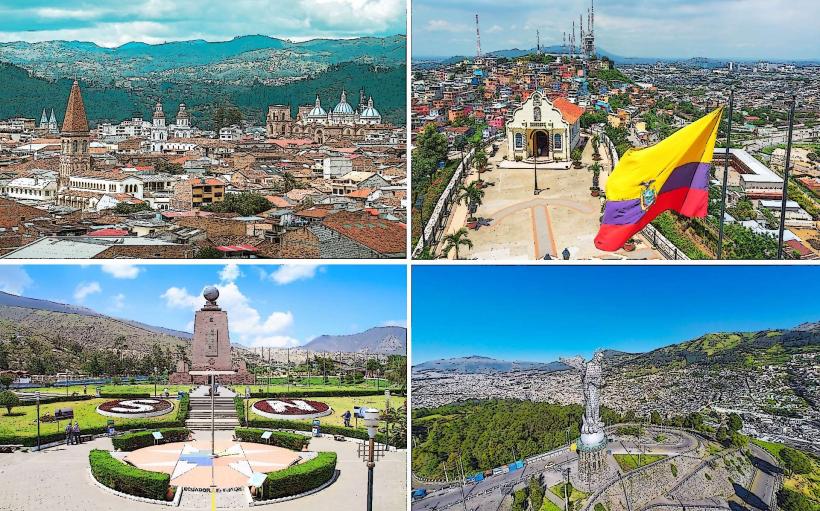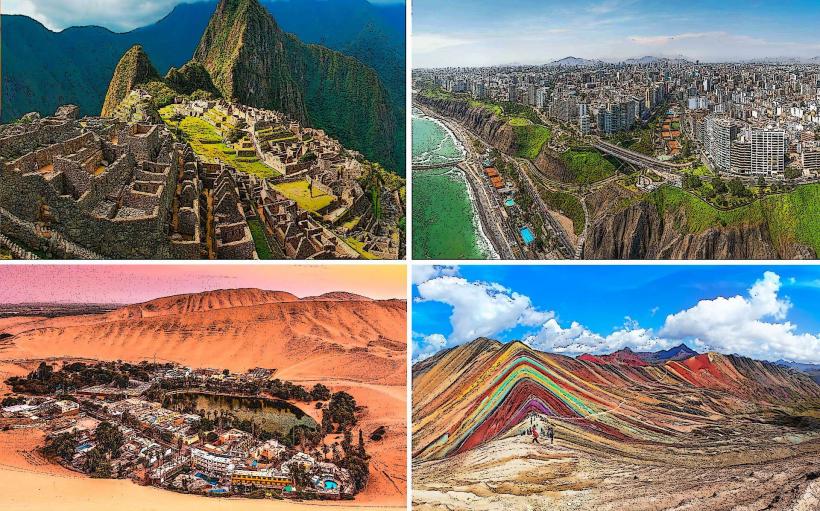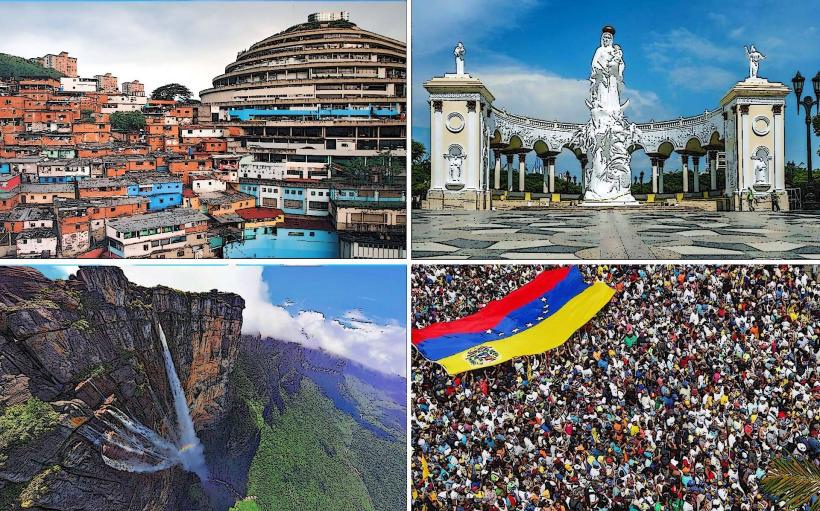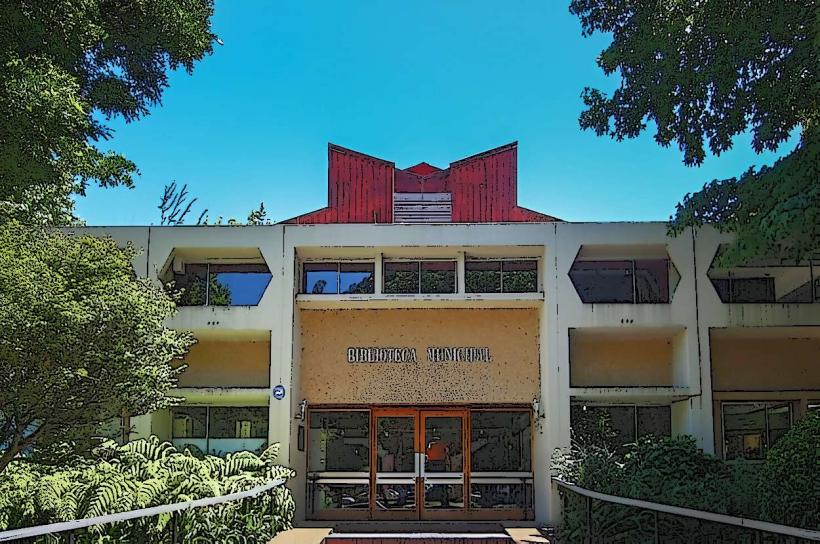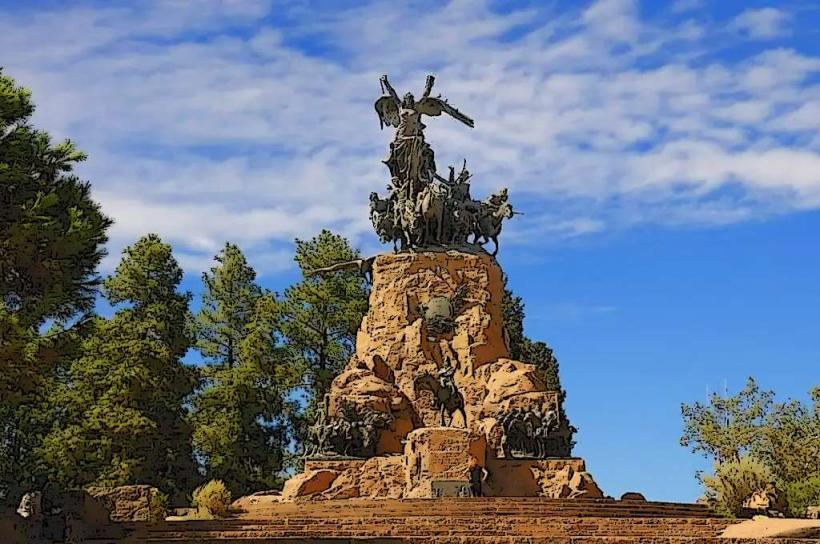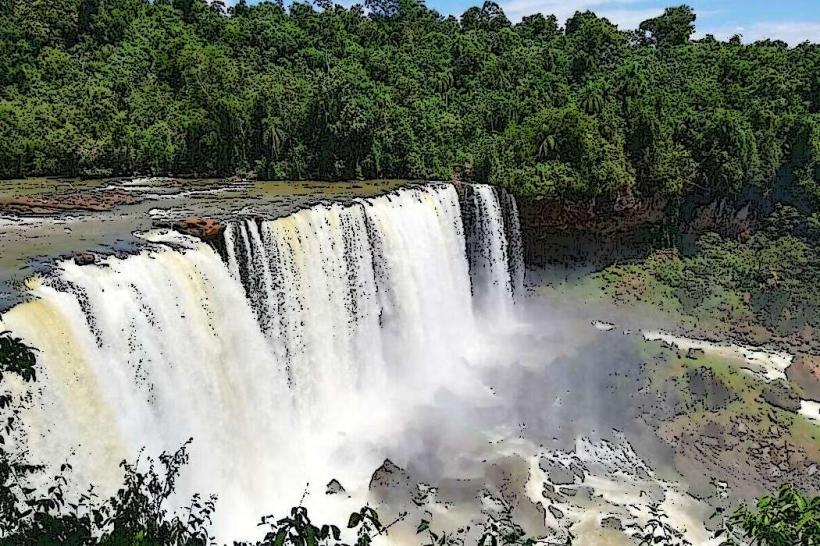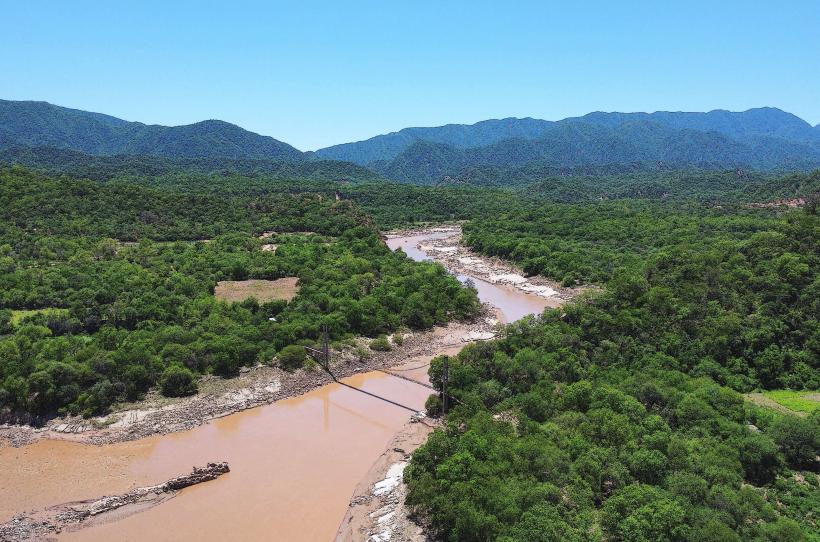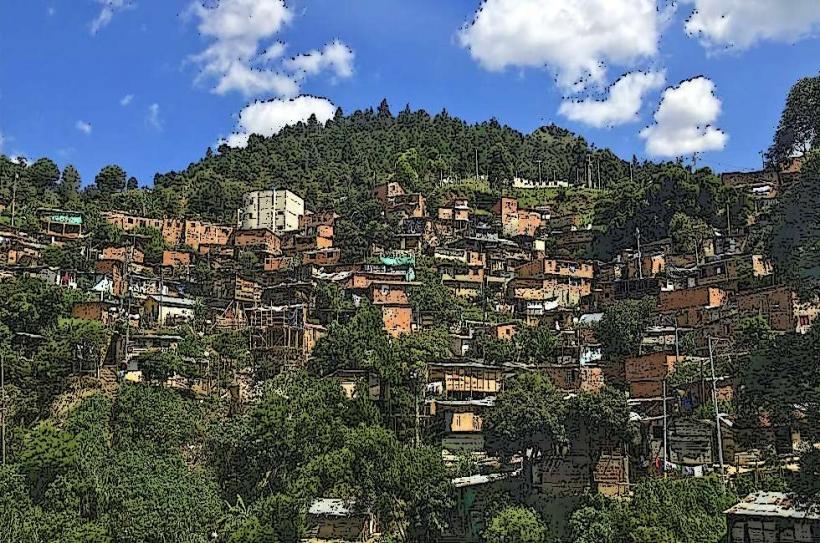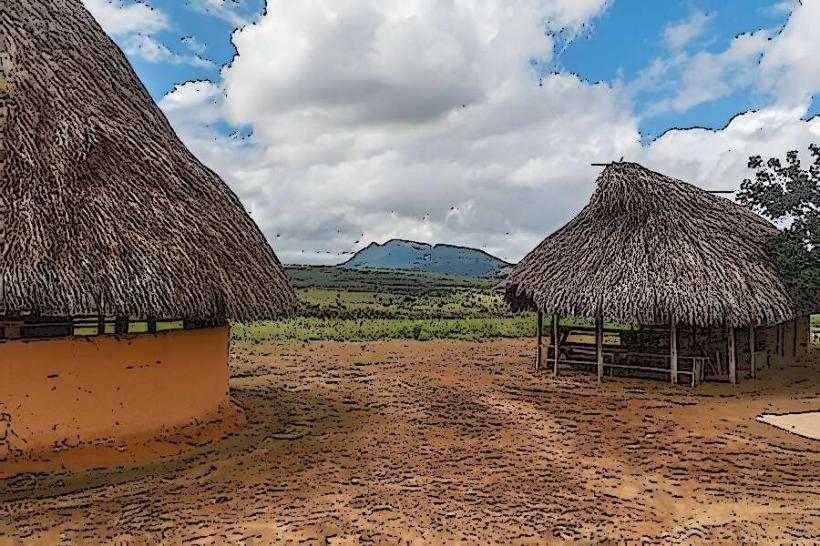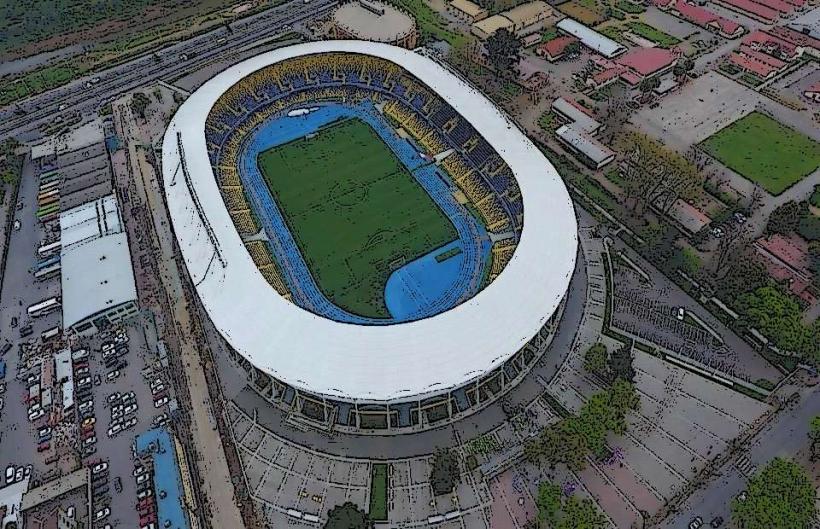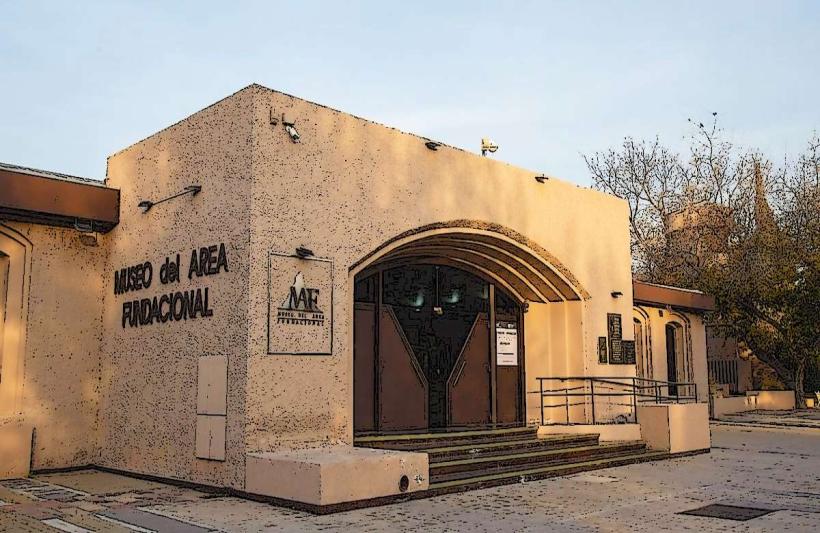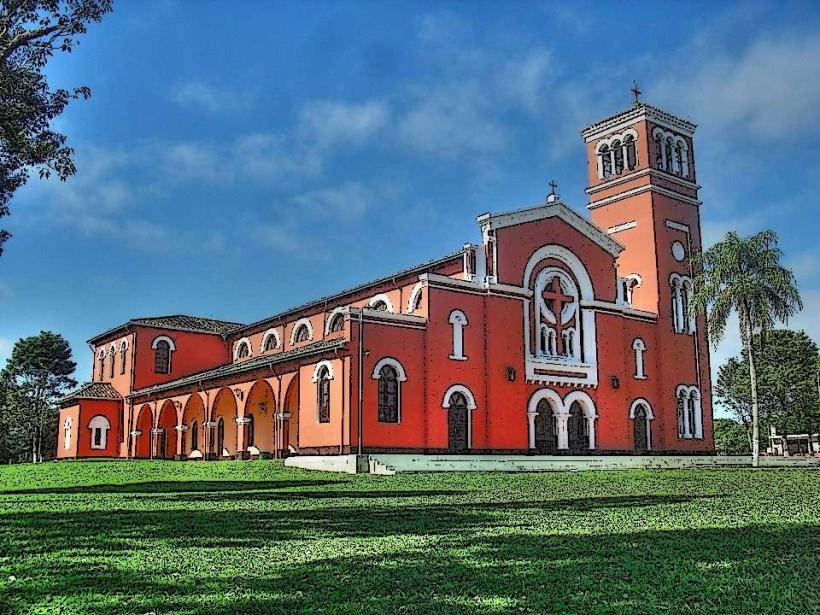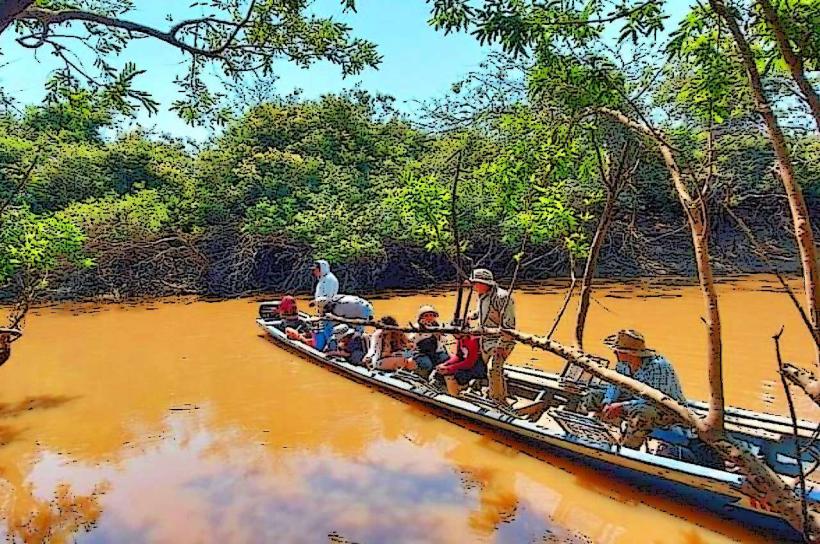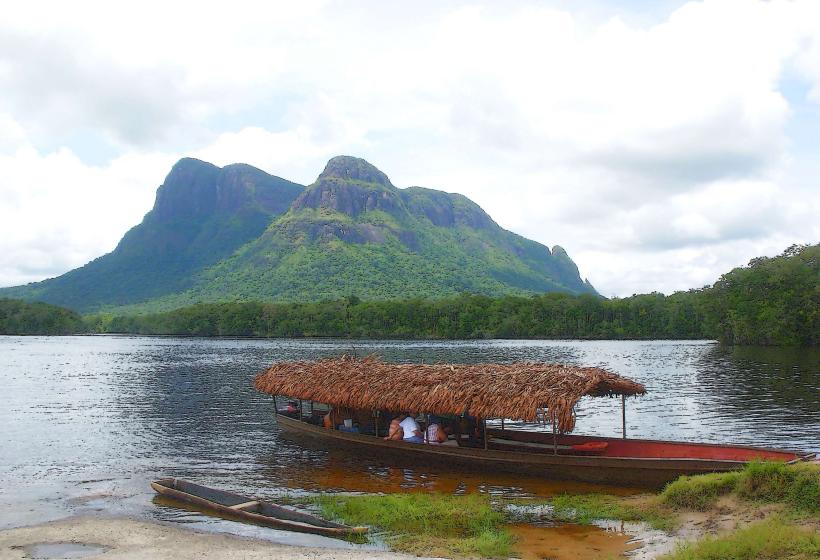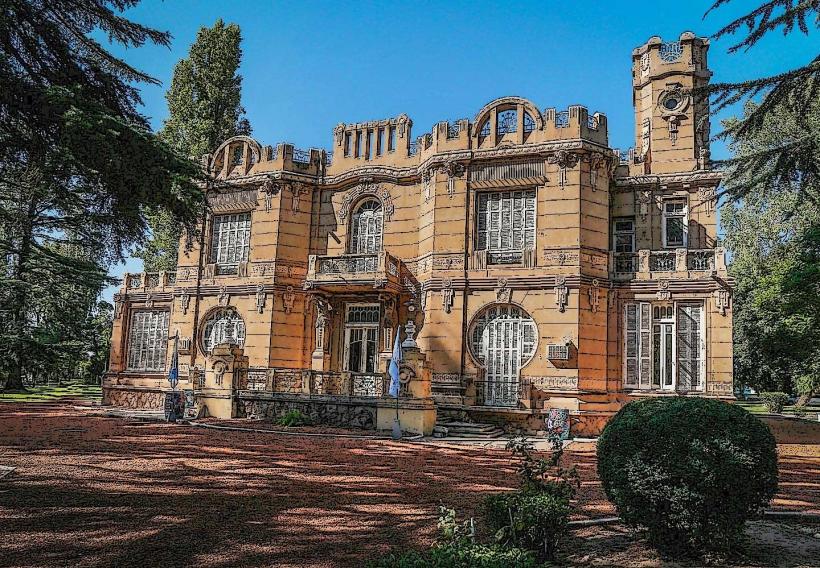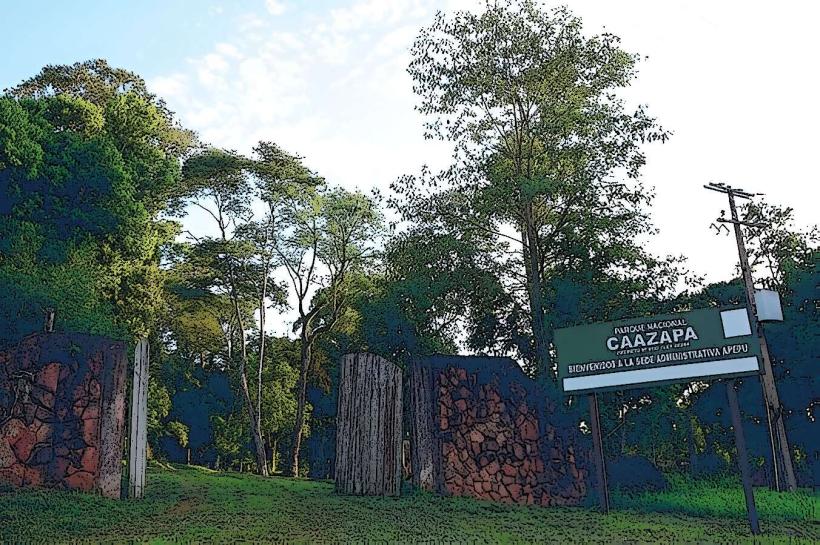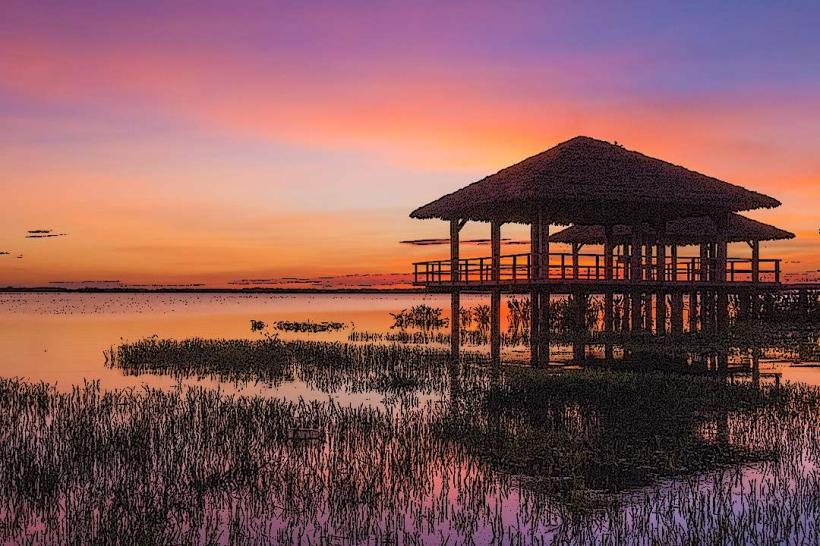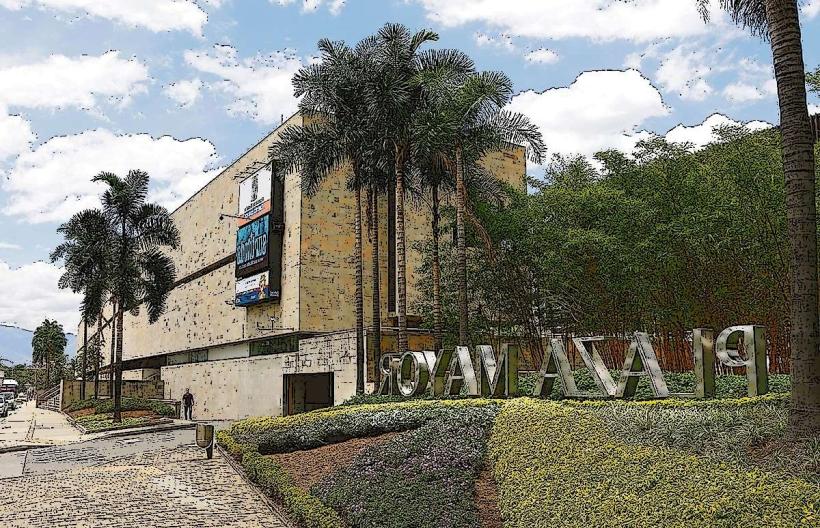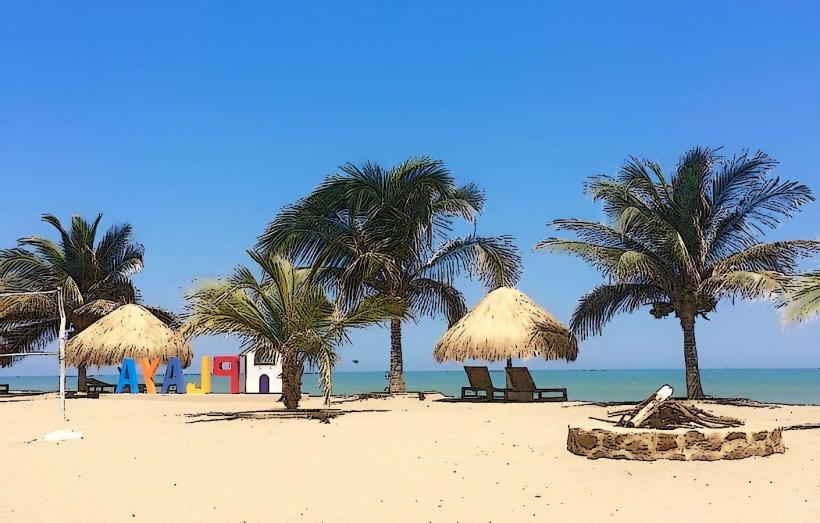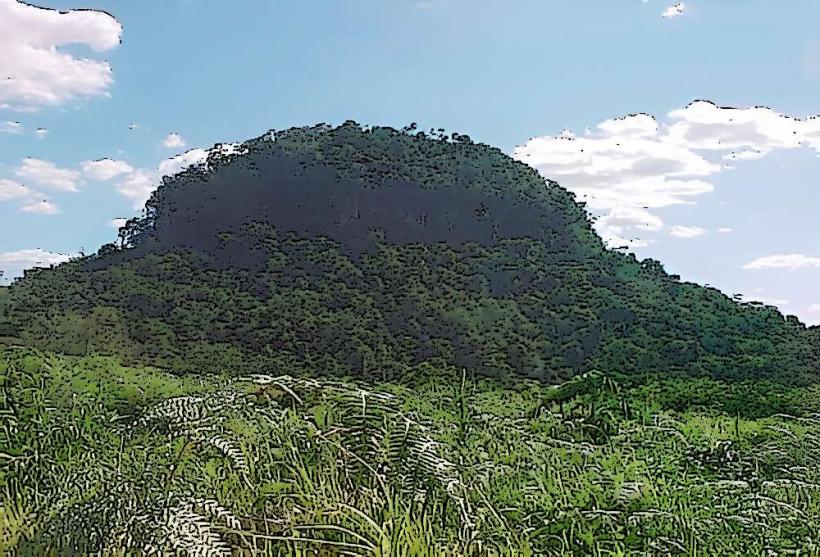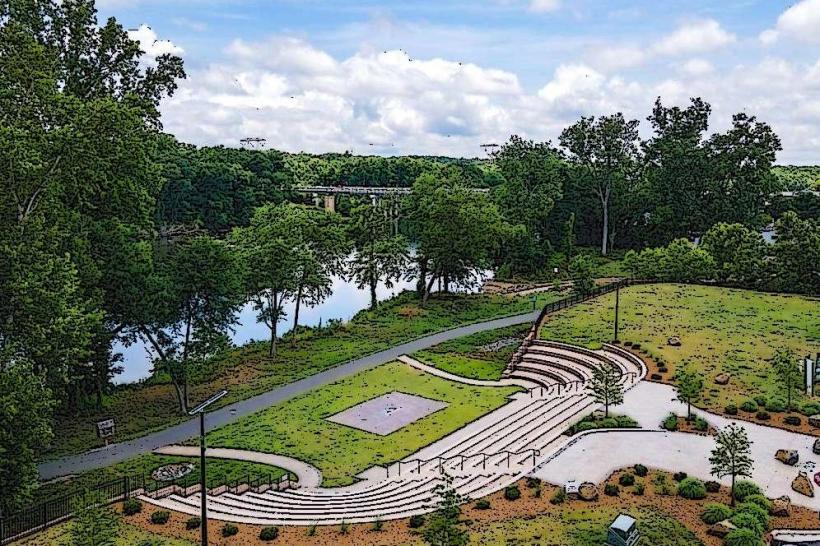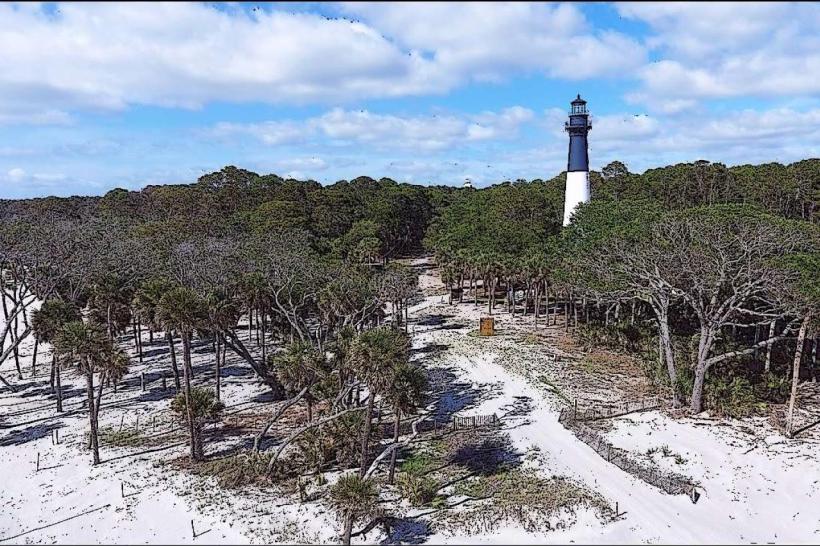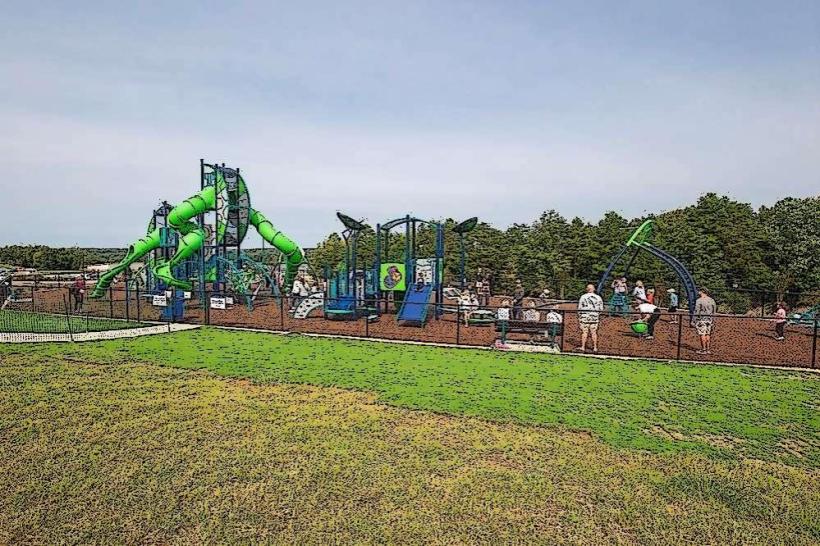Information
Continent: South AmericaSouth America, Continent
Overview
South America, a continent rich in natural beauty, cultural diversity, and historical significance, covers an area of 17.84 million km² (6.89 million sq mi) and is home to approximately 430 million people. Known for the Amazon rainforest, Andean mountains, and vibrant cultural heritage, South America has a unique identity shaped by its indigenous peoples, colonial history, and modern advancements.
Geography and Climate
- Regions: South America is often divided into geographical regions, including the Andes Mountains, the Amazon Basin, the Brazilian Highlands, and the Patagonian plains.
- Mountains and Deserts: The Andes, running along the continent’s western edge, is the longest mountain range in the world, with Mount Aconcagua as its highest peak. The Atacama Desert in Chile is one of the driest places on Earth.
- Rivers and Rainforests: The Amazon River, the largest by discharge, flows through the world’s largest tropical rainforest, which spans nine countries and hosts unparalleled biodiversity.
- Climate Zones: South America’s climate varies from equatorial in the Amazon Basin to arid deserts and frigid Patagonian plains. Coastal areas experience more moderate climates, while the Andes have cooler, mountainous weather.
History
- Indigenous Civilizations: South America was home to advanced indigenous civilizations, such as the Inca Empire in the Andes, known for its architectural marvels like Machu Picchu, agricultural terraces, and complex road systems.
- European Colonization: Spanish and Portuguese colonization began in the late 15th century, significantly impacting indigenous societies and reshaping the continent's culture, language, and economy.
- Independence Movements: In the 19th century, figures like Simón Bolívar and José de San Martín led independence movements that freed South American countries from colonial rule.
- Modern Politics and Challenges: The 20th and 21st centuries saw periods of both dictatorship and democracy, with recent focus on social reforms, economic development, and environmental conservation.
People and Languages
- Diversity: South America’s population includes a mix of indigenous peoples, descendants of European colonizers, and African, Asian, and Middle Eastern immigrants, creating a culturally rich society.
- Languages: Spanish and Portuguese are the predominant languages, with Portuguese spoken mainly in Brazil. Indigenous languages like Quechua, Aymara, and Guarani are also widely spoken.
- Religions: Christianity, particularly Catholicism, is the dominant religion, but indigenous spiritual practices remain influential, and other religions like Islam, Judaism, and Afro-Brazilian faiths are also present.
Economics and Resources
- Natural Resources: South America is rich in minerals like copper, silver, and lithium (important for batteries), with oil reserves in Venezuela and Colombia. Brazil is also a major producer of soy, coffee, and beef.
- Economic Growth: Brazil, Argentina, and Chile are among the continent's largest economies, though there is significant economic diversity across countries.
- Challenges: Despite growth, South America faces issues of income inequality, poverty, and dependency on primary goods exports, leading to efforts to diversify economies and strengthen trade relationships.
Environment and Wildlife
- Amazon Rainforest: Known as the “lungs of the Earth,” the Amazon is critical for global oxygen production and carbon sequestration but faces threats from deforestation and agriculture.
- Biodiversity: South America has an astonishing array of wildlife, including jaguars, capybaras, llamas, anacondas, and the largest number of bird species on any continent.
- Environmental Issues: Deforestation, illegal mining, and pollution are major environmental concerns. The Amazon is particularly vulnerable, with conservation efforts focused on preserving biodiversity and combating climate change.
Modern Culture and Arts
- Music and Dance: South America is famous for its vibrant music and dance, including Brazilian samba, Argentine tango, Colombian cumbia, and Andean music.
- Cuisine: South American cuisine varies widely, with dishes like Brazilian feijoada, Argentine asado, and Peruvian ceviche, reflecting indigenous ingredients and colonial influences.
- Literature and Art: Writers like Gabriel García Márquez, Jorge Luis Borges, and Pablo Neruda have left an indelible mark on literature. Visual arts, including muralism, folk art, and modernist works, play a significant role in cultural expression.
Future Prospects
- Youth and Urbanization: South America has a young population and high urbanization rates. Cities like São Paulo, Buenos Aires, and Bogotá face both opportunities and challenges related to urban growth.
- Climate and Conservation Efforts: Conservation of the Amazon, sustainable agriculture, and renewable energy initiatives are crucial for the continent’s environmental future.
- Political and Economic Stability: South America continues to strive for political stability, social equity, and economic growth, addressing challenges like corruption and advocating for democratic governance.

